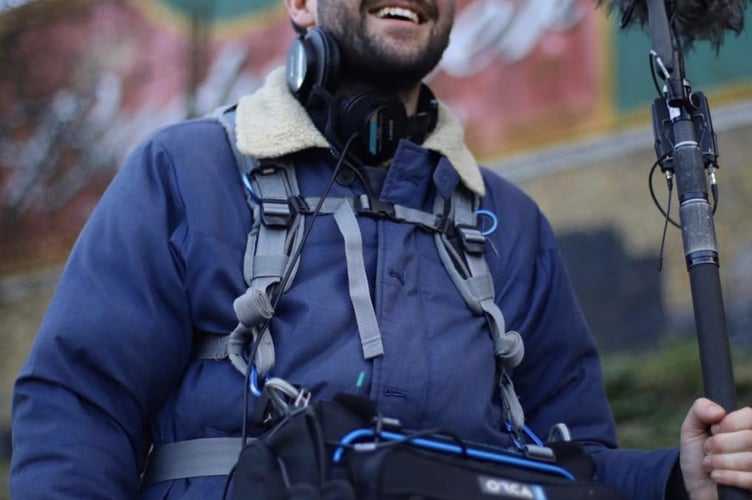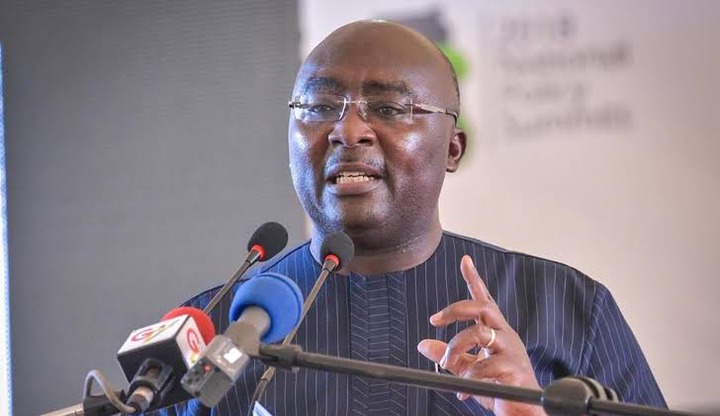
In fashion brand Reformation’s latest ad campaign, a bulked-up Pete Davidson showcases his newly tattoo-free arms while sprawling on a sofa in his underwear and a sweatshirt, the design reading “Official boyfriend”. More like officially boring.Lanky, loudmouthed and covered head-to-toe in ink – with designs including Winnie the Pooh, Hillary Clinton and a Harry Potter reference – Davidson was once a walking sketchbook, his ubiquitous tattoos a visual expression of his personality.
Davidson became an overnight celebrity in 2018 as Ariana Grande’s husband-to-be. The pair become engaged after just three weeks of meeting (and called off their engagement soon after). Davidson was photographed on the arm of his Extremely Famous Girlfriend and her Extremely Famous Ponytail as they trotted around New York, getting a combined 13 tattoos dedicated to their romance.

if(window.adverts) { window.adverts.
addToArray({"pos": "inread-hb-ros-inews"}); }He was an unlikely heartthrob, but a heartthrob none the less, his cavalier attitude typifying the phrase “Big Dick Energy”. While macho men scratched their heads at his appeal, Davidson began a dating rampage, rotating around the A-list’s most glamorous leading ladies, including (deep breath) 2000s pin-up Kate Beckinsale, up-and-comer Margaret Qualley, budding supermodel Kaia Gerber, Kim Kardashian, who attended the Met Gala with a beaming suited and booted Pete, Instagram it-girl Emily Ratajkowski and Hollywood newcomers Chase Sui Wonders and Madelyn Cline.In recent interviews, Davidson says his decision to have his tattoos removed was born out of the desire for a “clean slate” and to “be an adult”.
But his transformation mirrors a broader shift in the celebrity landscape – one that values brand-friendly, controversy-free personas over individuality.Celeb-land hasn’t always been so clean-cut. The 90s are synonymous with the badly behaved Brit Pop set – Noel and Liam Gallagher, Jarvis Cocker and Damon Albarn – as infamous for their big mouths as they were for their music.
The 00s saw the rise of tabloid culture and the evolution of celebrity intrigue, with Kate Moss, Katie Price and Pete Doherty, whose lives were as chaotic as they were compelling. By the 2010s, reality TV turned the celebrity experience into a 24/7 spectacle via the Kardashians and Love Island, where every scandal and misstep was consumed in real time. if(window.
adverts) { window.adverts.addToArray({"pos": "mpu_mobile_l1"}); }if(window.
adverts) { window.adverts.addToArray({"pos": "mpu_tablet_l1"}); }In past decades, celebrities could express themselves candidly without too much backlash.
Sure, sometimes an offhand remark could sometimes be blown into a media storm (case in point, Brian Harvey being axed from East 17 for his throwaway comments about ecstasy), and you landed yourself on the cover of a gossip magazine if you were photographed falling out of nightclubs too often. But celebrities didn’t have to walk a tightrope at all times.#color-context-related-article-3364642 {--inews-color-primary: #3759B7;--inews-color-secondary: #EFF2FA;--inews-color-tertiary: #3759B7;} Read Next square CLAIRE HUBBLE We're all buyers of Bonnie BlueRead MoreWhat does celebrity look like in 2025? Squeaky clean and “brand safe”.
The modern preoccupation with “cancelling” celebrities has led to tightly controlled and curated public images. Though top-tier celebrities usually don’t handle their own social media accounts, the comments section provides their teams with real-time feedback on whether a celeb is inadvertently annoying or offending anyone on any given day. The bottom line: the better perceived a celebrity is, the better their brand sponsorships will be.
The celebrity sphere is becoming safer, more predictable, and ultimately, less interesting. Davidson’s tattoo removal, while a personal decision, is indicative of this greater trend – the slow erasure of individualism in favor of marketability.Davidson began the process of sizzling off around 200 tattoos in 2021, explaining his decision was in part because he was pursuing acting roles.
But his bland rebrand in 2025 comes as Donald Trump returns to the White House. Trump’s second presidency marks more than just a political shift; a broader cultural change is underway too. Trump’s first term has seen a push toward traditionalism, whether through economic policies, social attitudes, or aesthetics.
Influential Maga figures endorse the aesthetic of a self-made, clean-cut businessman, one who exudes power through conventional success rather than artistic self-expression. Trump, the poster boy of rigid and traditional masculinity, is only ever photographed in two looks: golf attire or a suit. Under another Trump administration, the cultural landscape will likely mirror these values, prioritising wealth, conformity and conservatism.
We can only speculate as to which ways the cultural landscape will shift under a second Trump presidency, but a shift of some sort is inevitable.if(window.adverts) { window.
adverts.addToArray({"pos": "mpu_mobile_l2"}); }if(window.adverts) { window.
adverts.addToArray({"pos": "mpu_tablet_l2"}); }Davidson’s vanishing tattoos might be a sign of personal growth, but his shift from chaotic ladies’ man to polished wannabe leading man reflects a new reality: modern celebrity is no longer about standing out, but playing it safe..














